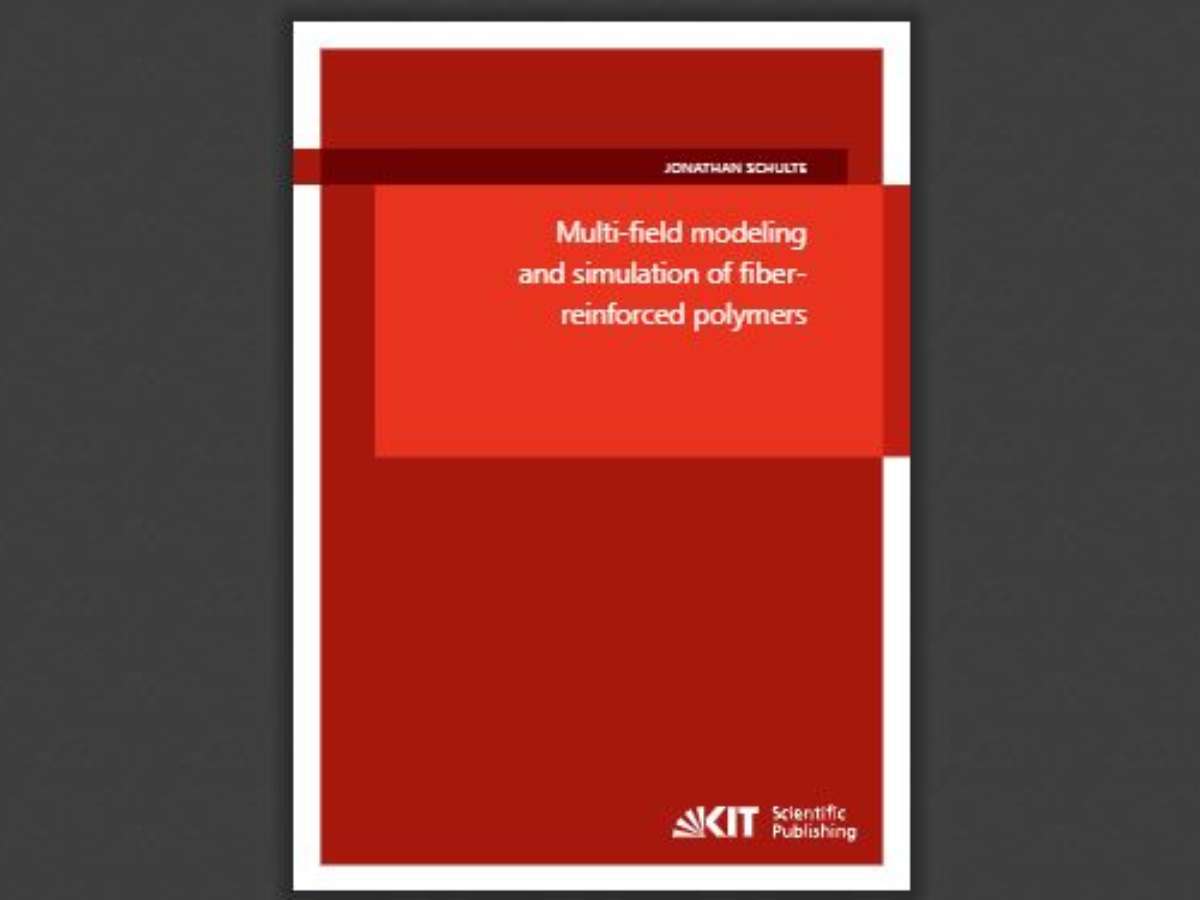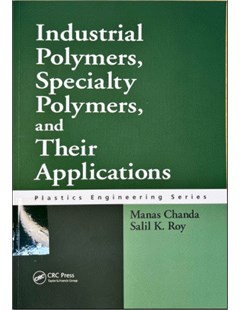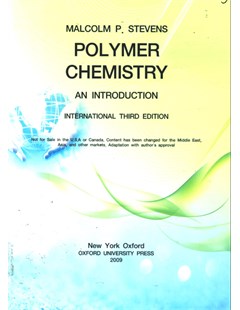Conducting Polymers
Cuốn sách này nhằm mục đích cung cấp tổng quan về những thách thức và thành tựu trong việc ứng dụng các phương pháp chuẩn bị mẫu thu nhỏ trong các phòng thí nghiệm phân tích. Nó bao gồm cả các khía cạnh lý thuyết và thực hành của các phương pháp chuẩn bị mẫu thu nhỏ và do đó sẽ được các nhà nghiên cứu, sinh viên và giáo viên về hóa học phân tích và phân tích sinh học, khoa học môi trường và kỹ thuật môi trường quan tâm.















![[Coursera] Khóa học “Tìm hiểu các phương pháp nghiên cứu” của ĐH Luân Đôn](https://lic.haui.edu.vn/media/78/t78458.jpg)
